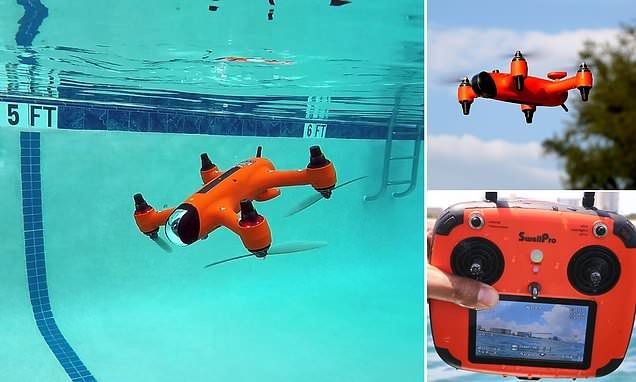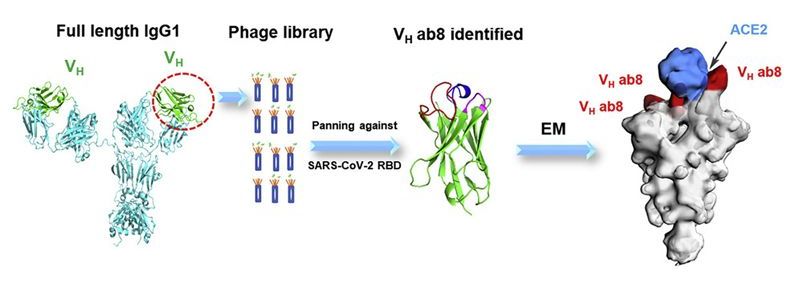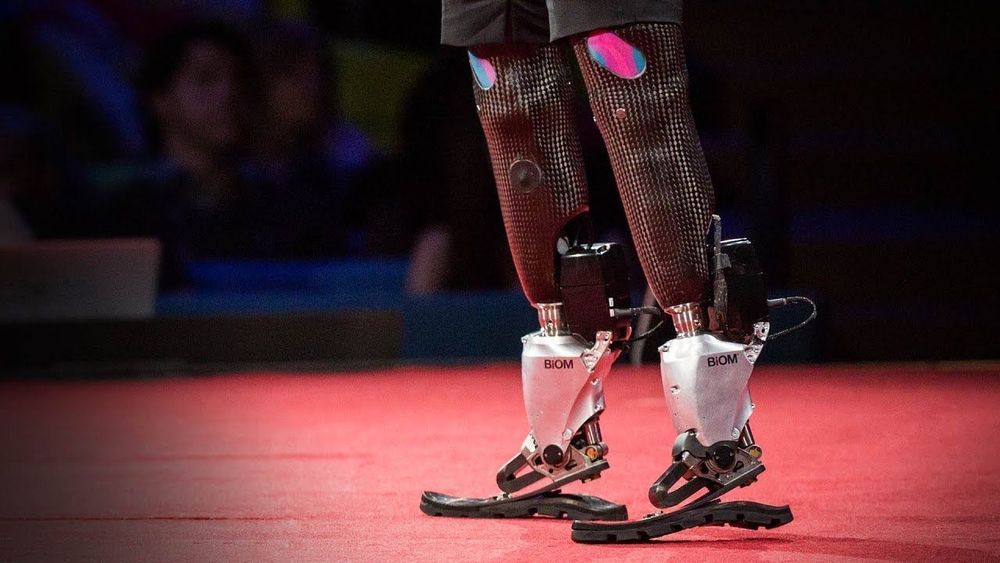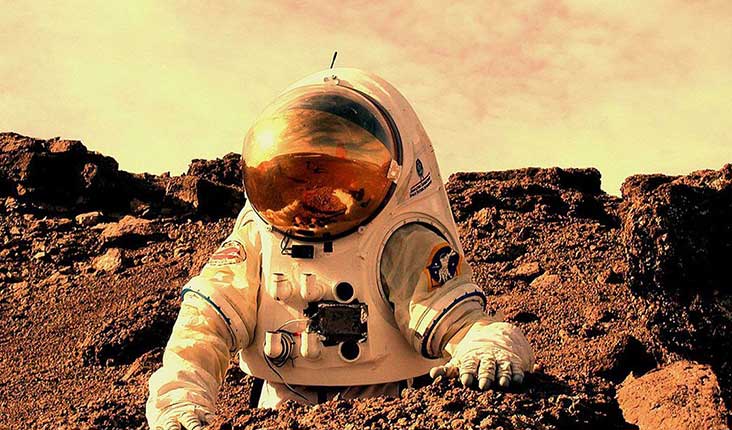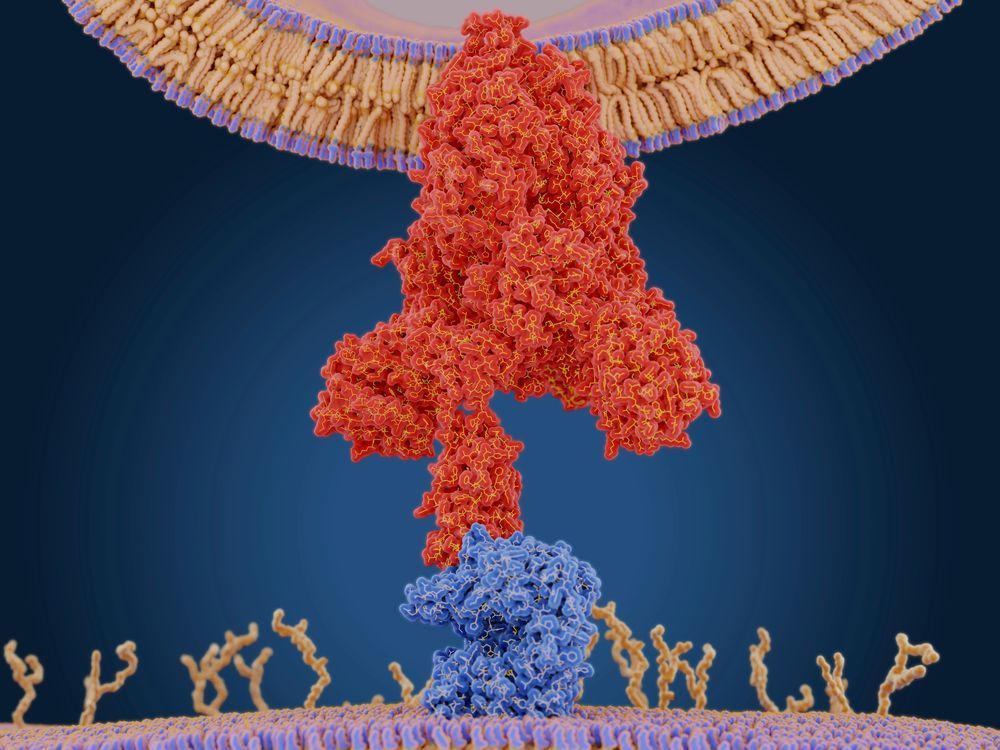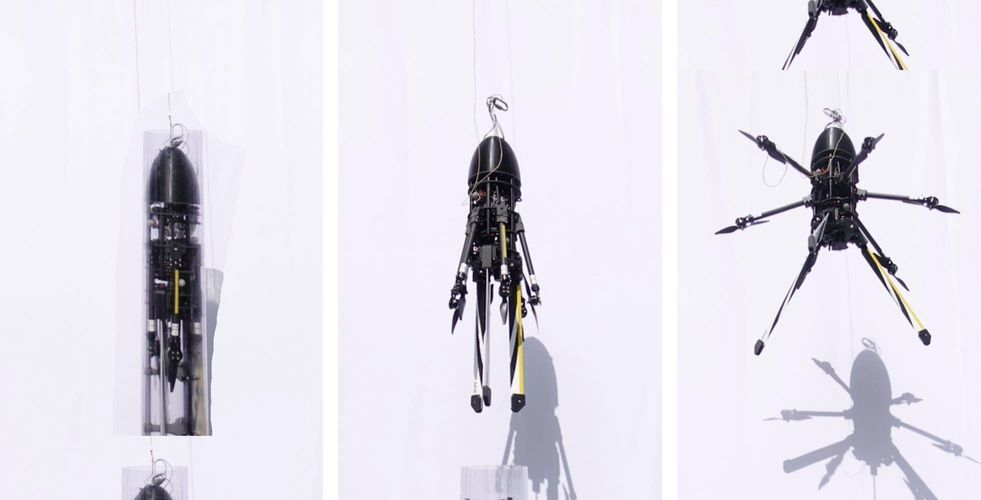Sep 16, 2020
The UNDERWATER drone: $765 gadget can submerge, float and fly
Posted by Quinn Sena in category: drones
The world’s first waterproof drone capable of submerging under water, floating like a boat and flying through the air at over 40mph (60kmh) has been unveiled by US engineers.
The $765 (£585) gadget, known as Spry, features a built-in 4K camera that can both record video and snap photos on the fly.
Continue reading “The UNDERWATER drone: $765 gadget can submerge, float and fly” »
